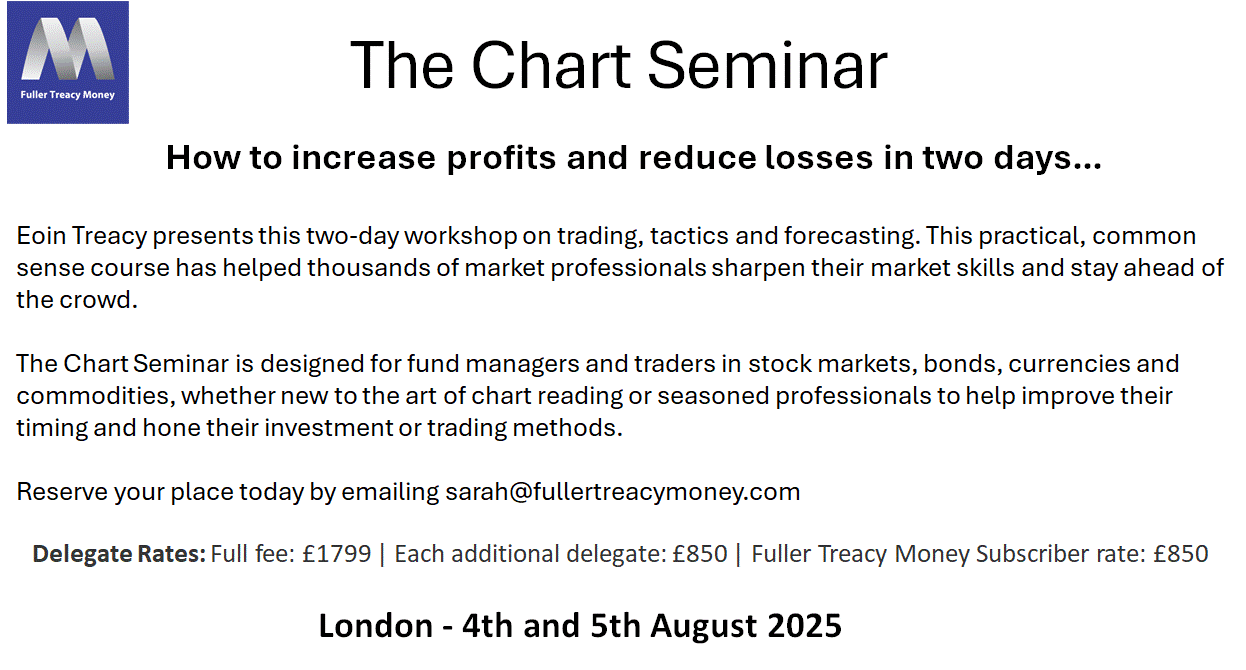Financialisation And Value, Treasury yields, Gold pauses.
Financialisation And Value
It is well understood that most pensions require a 6-8% return to generate sufficient compounding to meet their long-term goals.
To achieve that they cannot take too much risk because of the potential for drawdowns. That leads to a diversified portfolio which has traditionally focused on a mix of bonds and equities.
The better bonds perform, the more secure the income from pensions is likely to be. If the return from bonds is averaging 5% a year, the equity portion of the portfolio is under much less pressure to perform.
We have been through a long period where bond yields compressed. The coupons on offer fell with each new issue and performance focused increasingly on price performance.
Falling yields on bonds forced pensions to look further afield for reliable returns. That led to a boom in private equity investments.
Let’s consider what a private equity investment is.
There has to be a cashflow. The model does not work unless there is a series of cashflows that submit to easily modelling.
Commercial property was one of the most popular vehicles for investment between 2010 and 2020. These buildings are often let on a triple net basis. That means landlords collect rent and are not responsible for upkeep.
As property prices recovered from the financial crisis lows amid ultra-low rates, commercial property was among the best performing long-term assets. That took a significant hit during the pandemic but mass bankruptcies have been avoided.
The relative strength of Brookfield is a testament to how successful work arounds have been. $1 trillion of commercial real estate loans were refinanced in 2024. Another $900 billion is being refinanced this year. This has not impacted the market.
However, several large investors are asking for their money back. That was a major topic of conversation at the Qatar investment conference last month.
The solution for private equity funds has been to create continuation funds. This allows original investors sell to new investors without a mark to market event that would damage the value of the asset.
This practice ensures the world of private equity valuations remains opaque.







